In their frantic efforts to avert a long forecasted but never arriving climate disaster, activists have managed to bring on a very real energy Armageddon plunging Europe back into a new dark age, and Australia may yet follow.
Australia has so far been spared scenes of citizens queuing for hours to buy coal (Poland), reverting to wood fires to heat their homes (Germany), or businesses facing closure due to energy costs (the UK), but power prices have skyrocketed, the grid has become considerably less reliable and it is set to get worse.
When the Liddell power station in NSW closes in 2023, almost 2 gigawatts of reliable supply will vanish from the system. That may not sound like much compared to the almost 60 GW of generating capacity in the National Energy Market, but it represents firm, dispatchable (that is, it can be switched on and off at command) power in a market that is increasingly dominated by renewables, the output of which is dictated by the sun and the wind.
Even with Liddell still operating the grid’s problems are bad enough. As previously noted in this publication (‘Transition to Lunacy’, 30 July) the government is expected to pay perhaps $1.7 billion to major power users who agreed to stay off the grid during a full-blown power crisis mid-year, and electricity prices still spiked. In Queensland wholesale power prices more than doubled to an unheard-of average of $323 a megawatt-hour in the June quarter. When brown-coal-fired power stations ruled the old state grids 20 years ago, wholesale power might have cost about $40 a megawatt hour.
More closures are to follow Liddell. Origin Energy will shut the 2,880 megawatt Eraring coal-fired power station in 2025, and Victoria’s Yallourn power station (1,480 MW, brown coal) is scheduled to close in 2028. To put those closures in perspective, when Victoria’s Hazelwood power station representing just 1,600 MW closed in 2017, the Australia Energy Regulator later noted that average electricity spot prices increased between 85 and 32 per cent across the eastern states.
The new Labor government has not only proved oblivious to this looming crisis, it has placed near impossible conditions on the one major, reliable generator to be built, a $600 million 660 MW gas-fired plant at Kurri Kurri in the Hunter region of New South Wales.
The Morrison government pushed through construction of this generator, designed as a fast-reaction plant to meet peaks in demand, in the teeth of opposition from activists and Labor. Since then Labor has reversed its opposition but only on the condition that 30 per cent of gas used by the generators is green hydrogen from day one of operation, expected to be in December 2023. Further, all of the plant’s gas supply has to be hydrogen by 2030, or in just eight-years time.
Although the plant can run on hydrogen as opposed to vastly more convenient natural gas, there are no sources of green hydrogen in that region or any significant sources anywhere else in Australia. During the federal election in February, Labor declared that it would set aside another $700 million for the Snowy Hydro Authority, which will run the plant, to make green hydrogen on the site. In other words the government wants to build a renewable energy power plant on site to generate power which will then use scarce fresh water to create hydrogen. The resulting hydrogen will be used to power the gas plant to produce electricity.
To have any chance of meeting the 30 per cent target consistently, the project will also need some so far undiscovered means of storing hydrogen safely in large enough quantities, to tide the gas plant over long periods when the wind does not blow and the sun does not shine.
One of those who tried to convince the government, specifically the Federal Energy Minister Chris Bowen, that this eccentric approach just would not work was Snowy Hydro chief executive Paul Broad. As well as publicly declaring that the commercial use of hydrogen as a fuel was years away, Broad also tried to tell the government that, with Liddell closing, the grid needed several peaking plants, not just one. Those plants could then be powered up very quickly when the wind dies over large areas of the eastern seaboard, which is expected to happen all too frequently, and turned off when it starts to blow again. This is not an efficient way to run any grid, and will certainly not be cheap, but activists will still have their wind farms and the lights will remain on, for now.
All that sensible advice seems to have fallen on deaf ears with Broad resigning in late August, citing clashes with Energy Minister Bowen.
Another problem contributing to friction between the two men was that of the Snowy 2.0 project. Conceived as a giant water battery using existing dams by the conservative government of Malcolm Turnbull in 2017, the capital cost of the project has blown out from the original estimate of $2 billion to more than $5 billion, not counting extensive work on transmission lines to connect the project. The project is now expected to cost more than $10 billion, with no hope of recovering even a portion of that cost from revenue.
With the National Energy Market, the grid for Australia’s east coast, heading towards potential disaster when Liddell closes in 2023, drastic measures are required. Coal and gas plants must be kept open and, if necessary, diesel plants found and put into service, just as the South Australian government did in 2017 in response to a massive state blackout. The SA plants are still there as backup generators and, at 276 megawatts available at any time, they can contribute vastly more power in an emergency than the much-vaunted Hornsdale battery at Jamestown.
However, the Federal government shows little sign that it understands the problem, let alone the need to devise a workable solution. To date the new Labor government has only made things worse.
Got something to add? Join the discussion and comment below.
Get 10 issues for just $10
Subscribe to The Spectator Australia today for the next 10 magazine issues, plus full online access, for just $10.
You might disagree with half of it, but you’ll enjoy reading all of it. Try your first month for free, then just $2 a week for the remainder of your first year.

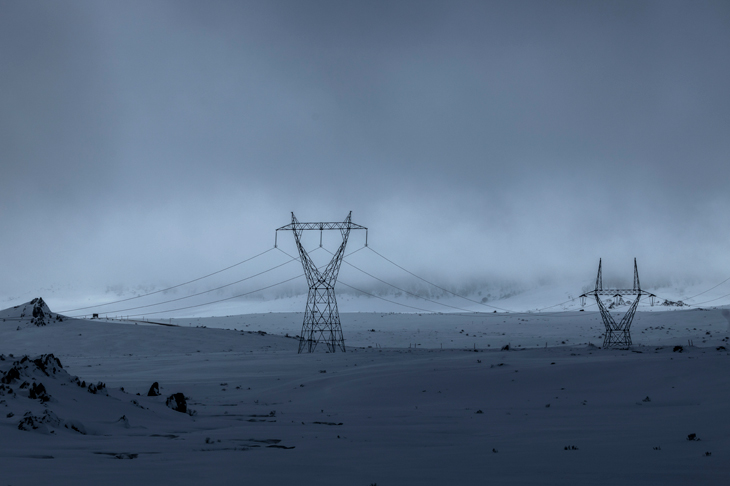
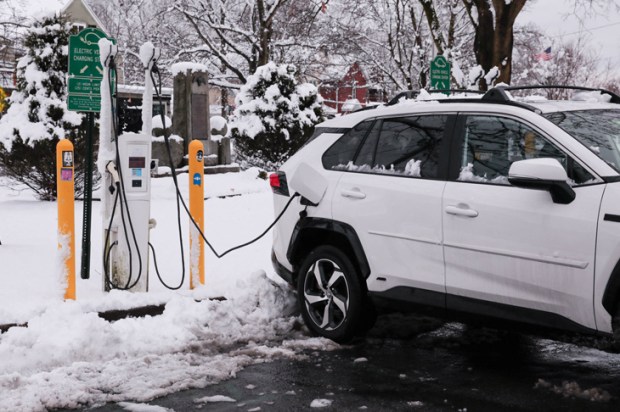
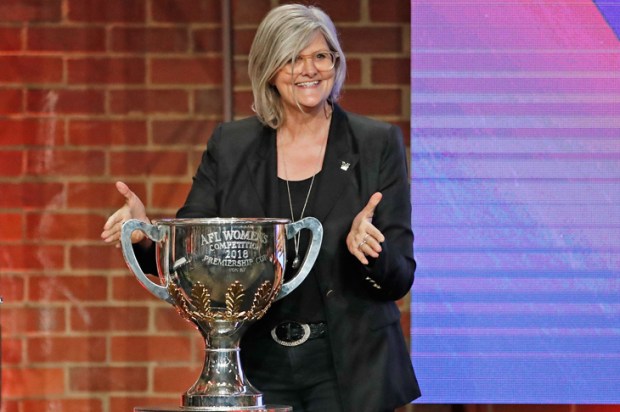

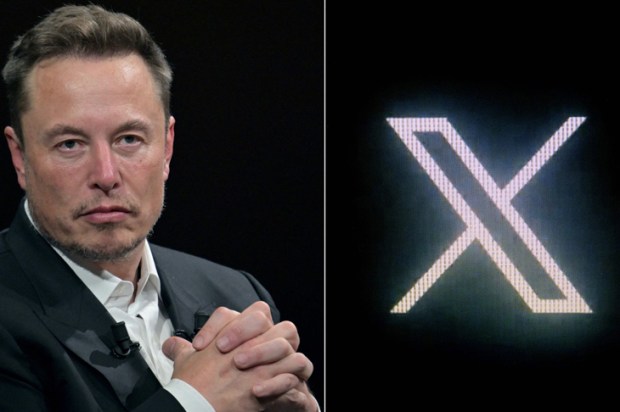

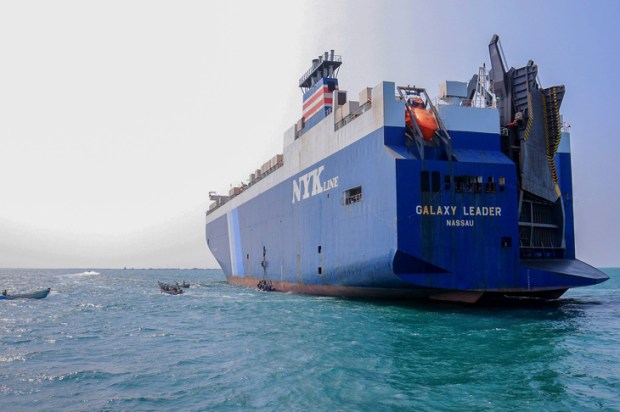






Comments
Don't miss out
Join the conversation with other Spectator Australia readers. Subscribe to leave a comment.
SUBSCRIBEAlready a subscriber? Log in